Avoid common clothing pitfalls that frequently cause TSA checkpoint delays and extra screenings.
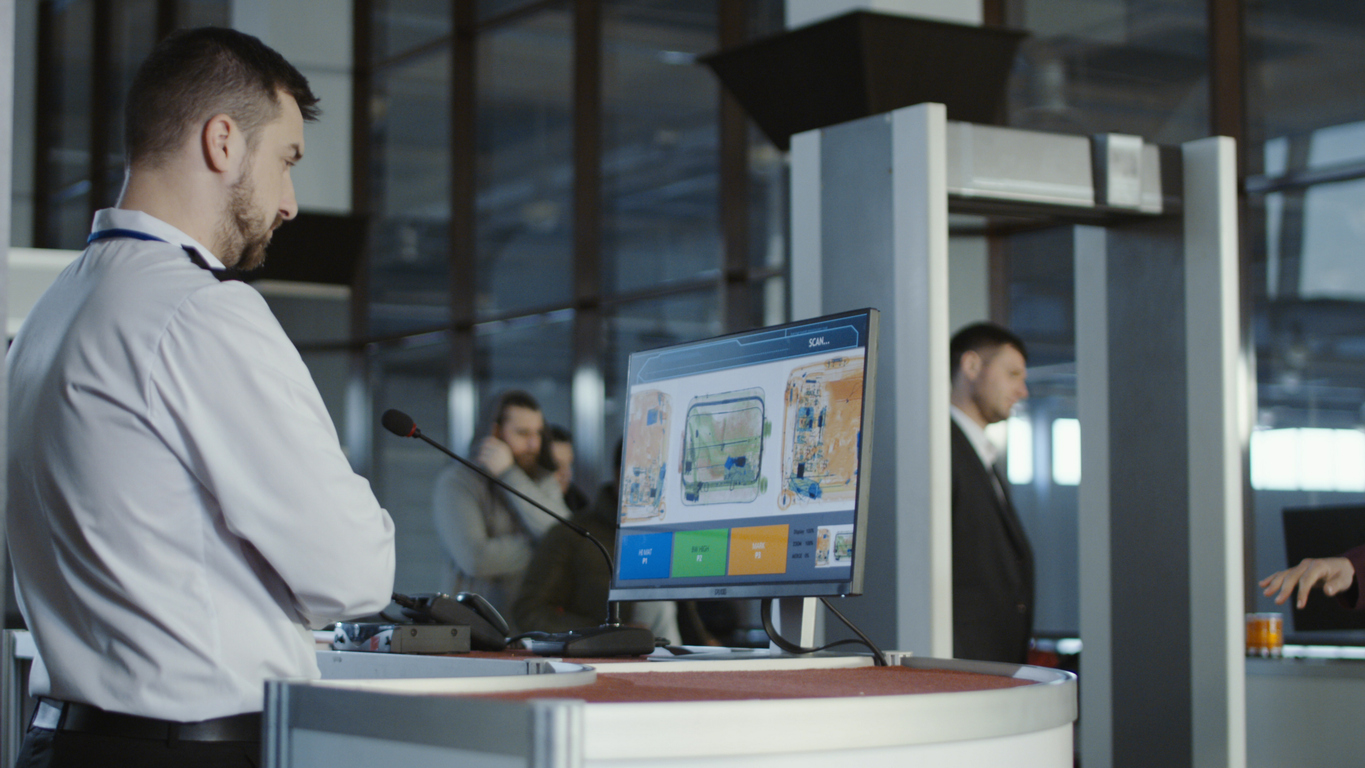
Navigating TSA checkpoints can become stressful if your clothing triggers extra security measures. Certain attire features such as excessive metal accessories, bulky footwear, or hidden pockets often cause unnecessary delays. Being aware of these common clothing mistakes allows travelers to plan their outfits thoughtfully. Understanding what to avoid helps smooth the security screening process and saves valuable time when passing through airport checkpoints.
1. Wearing excessive metal accessories that trigger security alarms unnecessarily.

Metal accessories often set off security alarms. Large earrings, chunky necklaces, or multiple rings can become bothersome at TSA checkpoints. These accessories may seem innocuous, but they often trigger detectors, causing exasperating delays and unnecessary alarms that could otherwise be easily avoided.
When delays happen, passengers sometimes find themselves removing jewelry in a bustling line, juggling personal items on the floor. Traveling light with easily removable items minimizes this risk. By choosing simpler motifs, one can ensure a swifter transition through security, exemplifying seamless airport experiences.
2. Choosing bulky footwear that requires removal during screening procedures.

Bulky footwear significantly slows down security checks. Boots or shoes with complicated laces need extra time for removal and can become a hassle. They appear convenient for travel but often create frustrations during the inspection, especially when rushing through busy security lines.
Passengers sometimes find themselves juggling carry-ons while balancing on one foot, attempting to remove intricate footwear. By opting for slip-ons or styles that easily slip off, passengers streamline their airport flow, preventing awkward shoeless moments on well-trodden floors.
3. Sporting belts with large or intricate buckles that slow down checks.
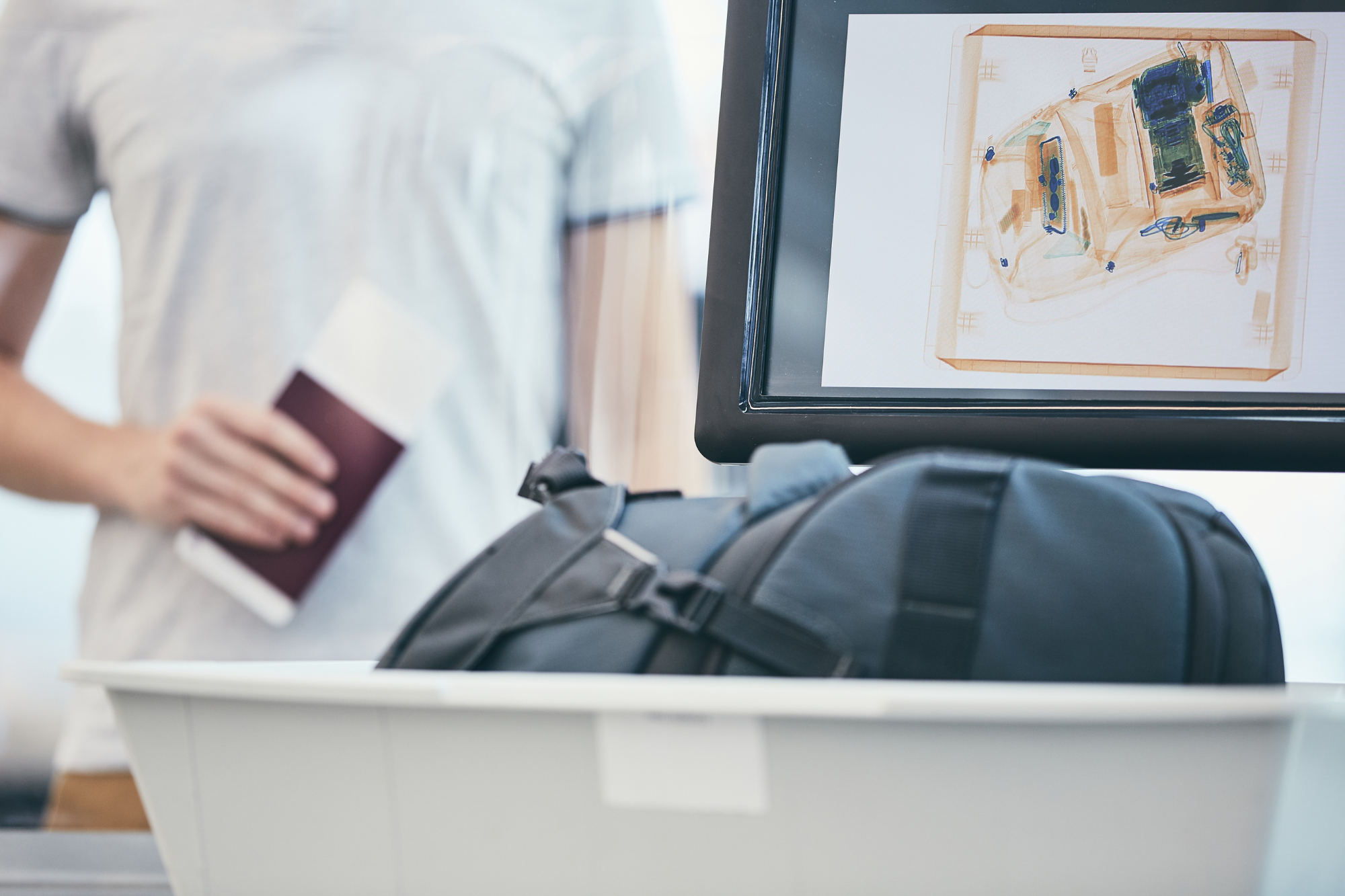
Belts with large or intricate buckles present issues at checkpoints. These detailed pieces often catch the attention of weary travelers and vigilant TSA agents alike. While stylish in everyday scenarios, their elaborate fashion frequently leads to unnecessary hold-ups at security.
Removing intricate belts while juggling travel essentials adds stress. Opting for a basic belt allows for an uninterrupted transition through security areas, creating a smoother, hassle-free experience. Travelers arriving at checkpoints belt-free navigate through spaces more seamlessly.
4. Wearing clothes with hidden pockets that raise security suspicions.

Hidden pockets on clothing pose problems at airport security due to concerns about concealed items. Jackets or pants designed with secret compartments can inadvertently raise suspicions. Passengers might consider them a clever storage option, yet at TSA, they often mean extra scrutiny.
When faced with unexpected examinations, additional searches ensue, leading to heightened tensions for travelers. Selecting garments with conventional designs can mitigate these inconveniences. Standard clothing designs help ensure a more routine experience, enabling passenger focus on other aspects of travel.
5. Bringing on layered outerwear that complicates the scanning process.

Excessive layering obstructs the scanning process. Multiple jackets, sweaters, and scarves complicate security checks, increasing processing time at scanners. Layers might seem practical for adjusting to temperature changes in transit, yet they generally elongate checkpoint procedures.
Struggling to balance an armful of garb while navigating tight spaces creates unnecessary chaos. By wearing easily removable layers, travelers maintain comfort, handle shifting climates, and pass through checkpoints with efficiency and grace. Minimal layers equate to a lighter approach.
6. Selecting fabrics prone to setting off metal detectors unexpectedly.

Certain fabrics inadvertently provoke metal detectors, surprising travelers at checkpoints. Metallic-threaded materials or those embedded with embellishments present unforeseen complications. Imagine the surprise of being ushered aside while others move smoothly through.
Stored coins or items sewn into hems may also attract unwelcome attention, prompting additional inspections. To avoid such disturbances, choosing standard textiles offers an unobstructed journey. Without sudden beeping, passengers focus more on boarding passes and less on attire.
7. Wearing loose or baggy clothing that obscures body silhouette details.
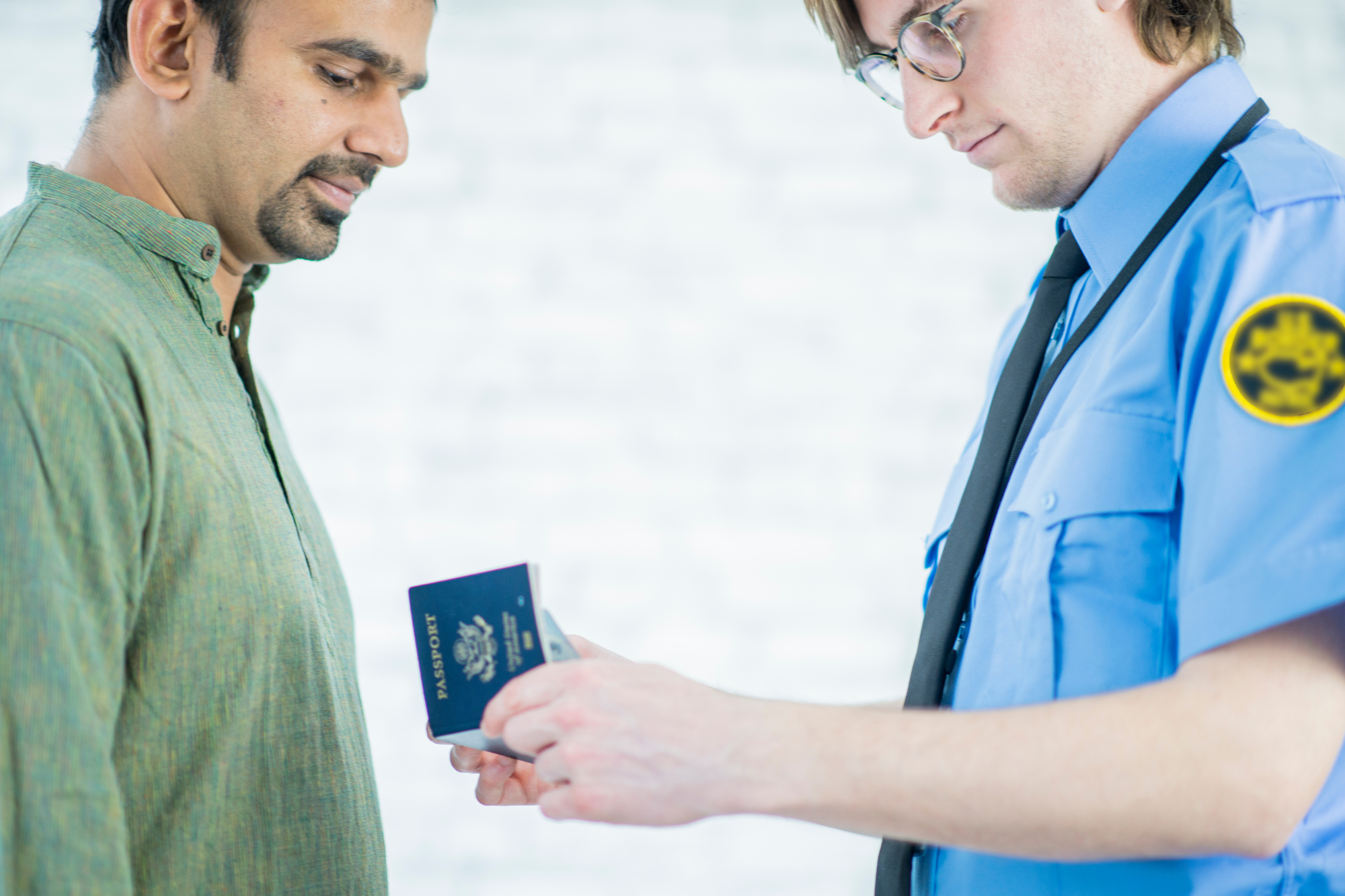
Loose or baggy clothing alters typical body outlines, drawing attention during scans. Sweatpants or oversized tops may feel comfortable for lengthy flights, yet they frequently cause delays at TSA. Their lack of defined shape invites manual checks.
Extra scrutiny can intrude upon personal space and time. Selecting fitted attire encourages faster passage through checkpoints by facilitating clear, quick scans. Improved visibility equals reduced line time, simplifying journeys from terminal entrance to departure gate.
8. Choosing costume or novelty clothing that resembles prohibited items.
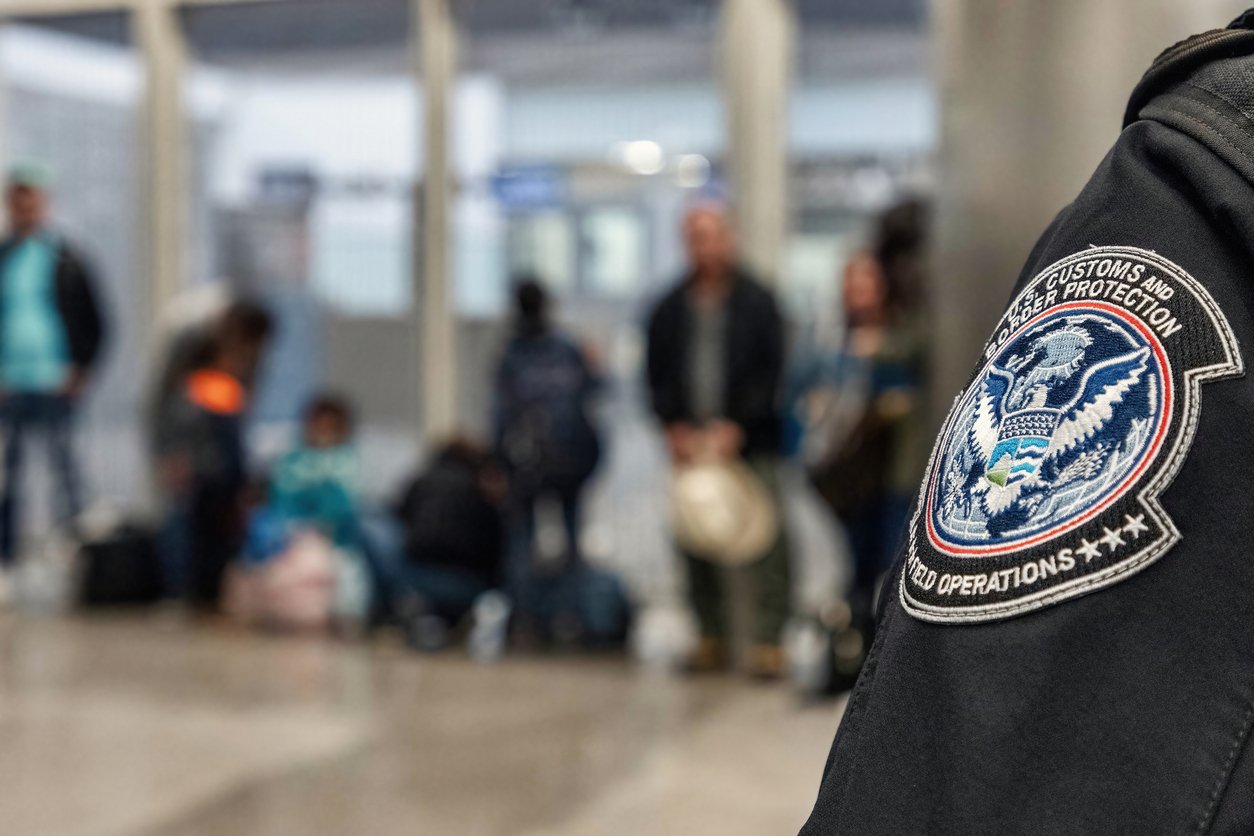
Costume outfits resembling restricted items pose security challenges. Camouflage patterns or exotic apparel dare to express individuality but risk confusion at airports. While not meant to alarm, these choices might mirror military or restricted gear, warranting close examination.
Disguising oneself unintentionally results in detours away from gate-bound lines. Wearing ordinary travel clothing minimizes concerns, deflecting eavesdropping in crowded spaces. Familiar styles gently guide travelers through checkpoints, blending into bustling airport life seamlessly.
9. Wearing clothing with excessive zippers and buttons that delay inspection.
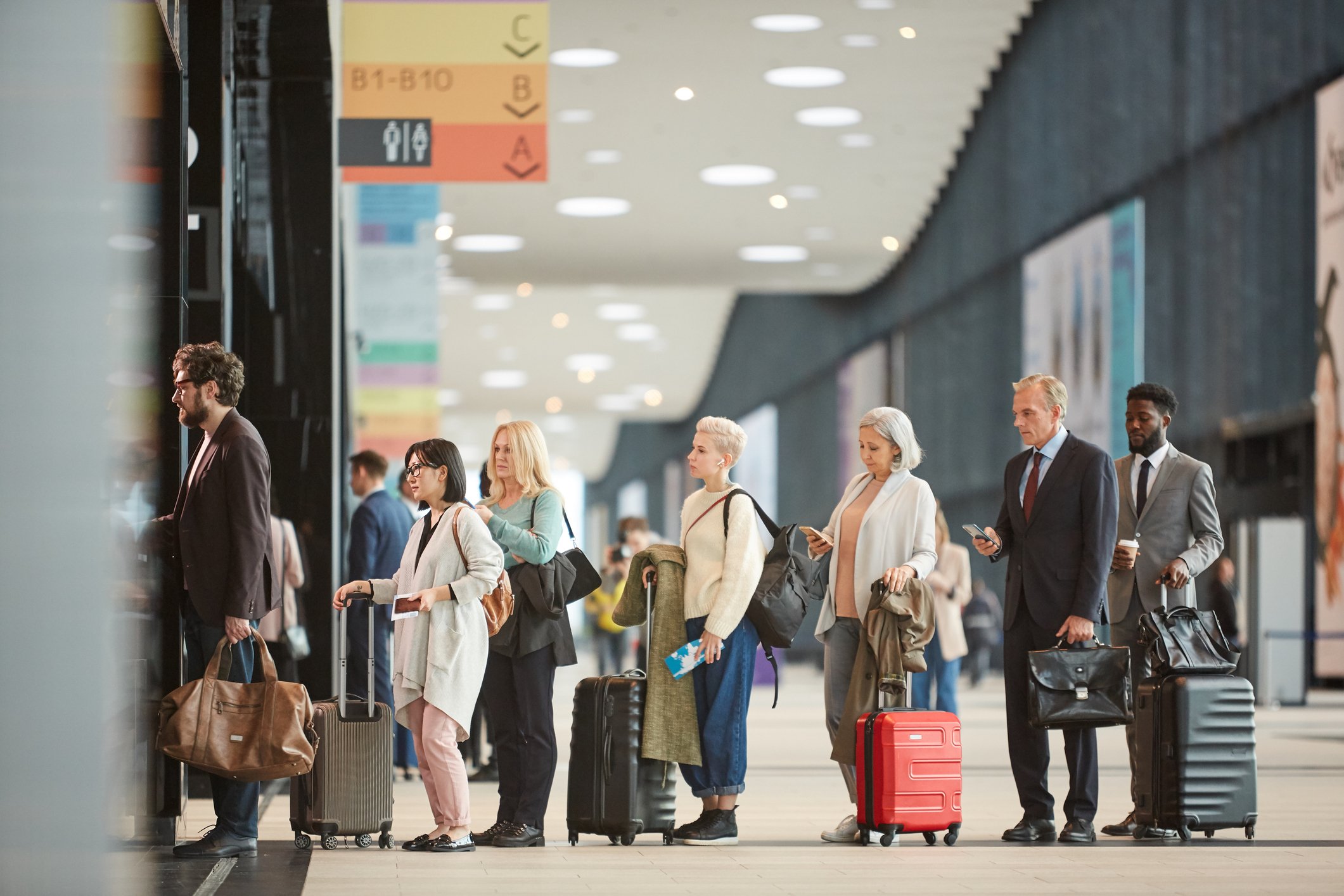
Clothing brimming with zippers and buttons extends inspection time at airports. Such fasteners potentially flag manual checks, leading to unexpected delays at TSA. While decorative on denim or jackets, their inconvenience unfolds before scanning machines.
Unwanted pauses elongate stressful wait times, impacting onward travel plans. For efficiency, wardrobe simplicity reigns supreme. Minimizing ornate closures speeds the journey from initial checkpoint entry to boarding, ensuring thoughtful planning gets rewarded with smooth progress.
